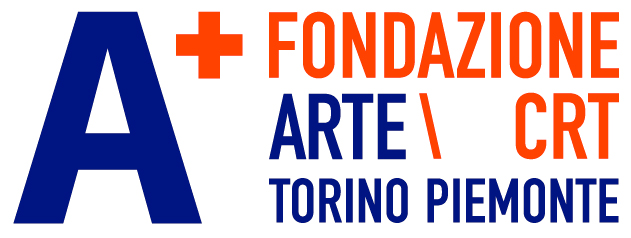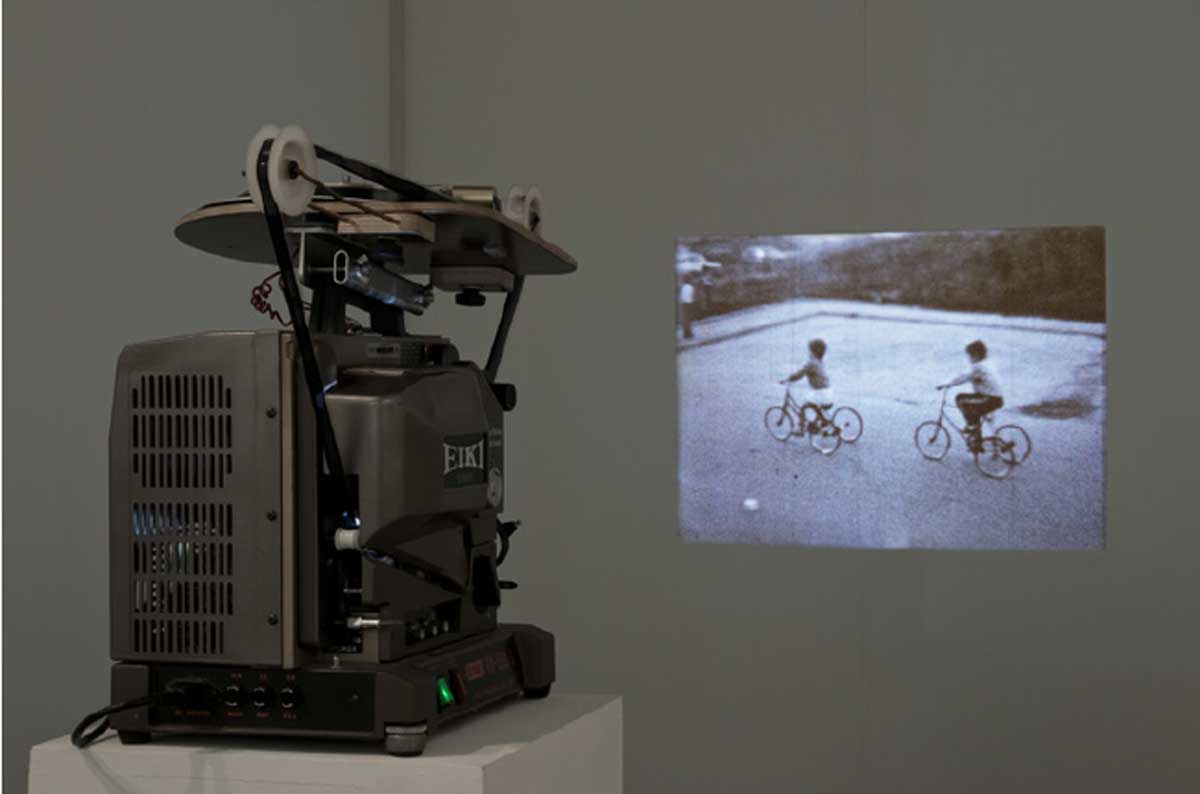Ion Grigorescu belongs to the generation of Romanian conceptual artists that emerged in secrecy during the dark years of the Ceausescu regime. The dictator had employed artists to sculpt numerous statues of himself and his family, lavish icons to be paraded through the streets of Romania. He ordered many citizens’ houses to be torn down to make way for his private palace, called the People’s Palace. The arts in Romania were similar to those in all the Soviet countries and in totalitarian regimes in general: material celebrations of the image of the head of state. Artists such as Grigorescu, who did not endorse government demands, made immateriality, a negation of the object, and the absence of commercial value an unavoidable aspect of their work. [...]


